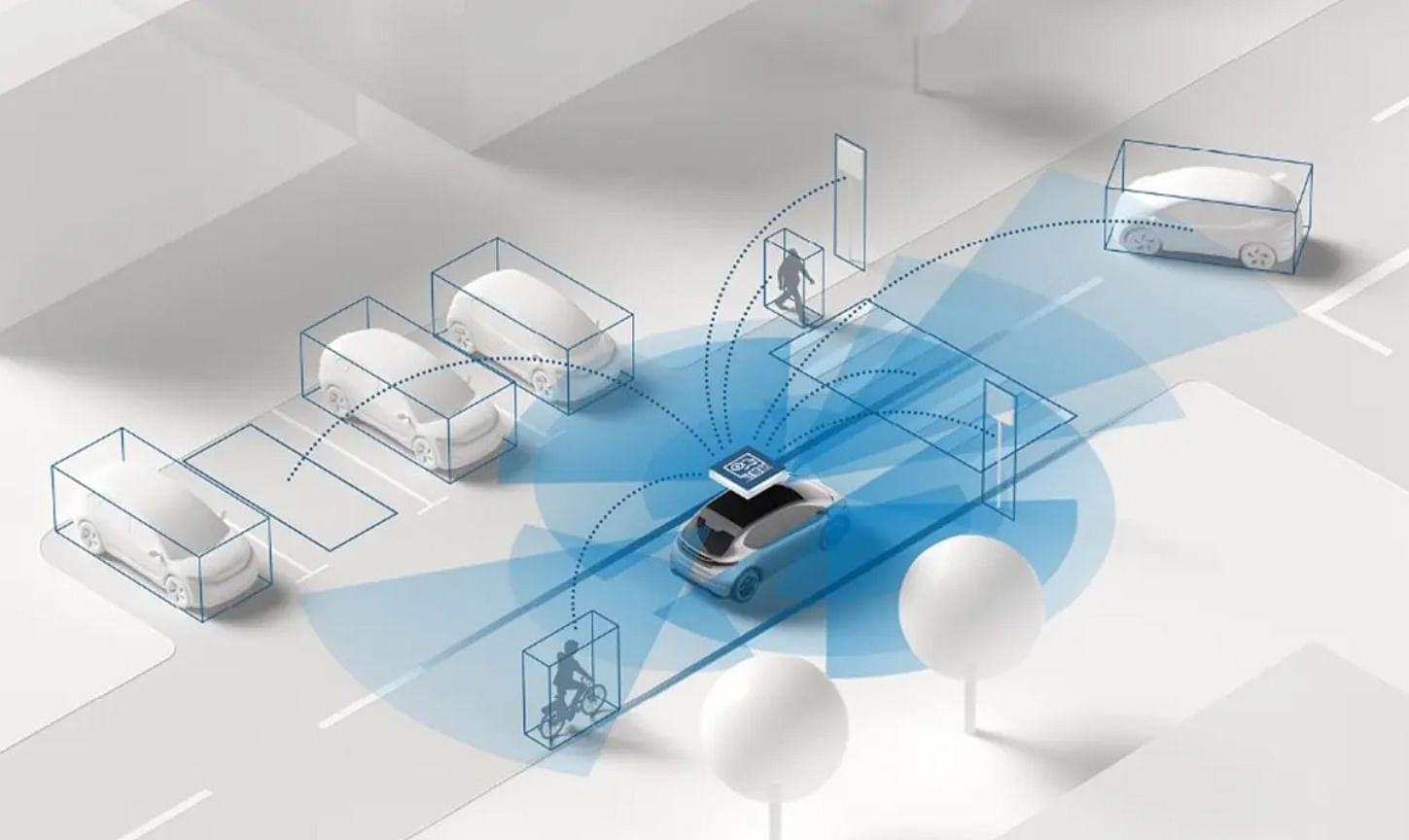Artificial Intelligence (AI) has permeated various sectors of our lives, transforming the way we live, work and play. One area where AI is making significant strides is in the transportation industry, particularly in fleet management. AI vision systems have emerged as a silent co-driver that’s enhancing safety on our roads by mitigating risks associated with human errors.
AI vision systems are essentially sophisticated cameras coupled with advanced algorithms designed to identify and interpret visual data on the road. These systems can recognize traffic signs, pedestrians, other vehicles and even detect driver fatigue or distraction – all in real-time. This information is then used to alert drivers about potential hazards ahead or correct their driving if necessary.
The application of AI vision systems for fleet safety management cannot be overstated. For instance, these intelligent tools can monitor driver behavior such as harsh braking, rapid acceleration or swerving which may indicate distracted or fatigued driving. By providing real-time feedback to drivers about their actions behind the wheel, these systems help them make safer decisions while driving.
Moreover, AI vision systems also offer predictive capabilities that go beyond immediate hazard detection. By analyzing historical data and patterns from countless hours of driving time across different conditions and scenarios, they can predict potential risks before they occur – giving drivers ample time to react accordingly.
Another advantage of these smart technologies lies in their ability to record incidents for future analysis. In case of an accident or near-miss event, AI-powered cameras capture every detail leading up to it – providing invaluable insights for investigations and training purposes later on.
In addition to enhancing safety on roads by preventing accidents caused by human error or negligence; AI vision systems also contribute towards optimizing fleets’ operational efficiency by reducing downtime due to accidents and lowering insurance premiums through improved safety records.
However, despite its numerous benefits; the adoption of this technology does not come without challenges such as privacy concerns over constant surveillance of drivers at work or technical issues related to system integration into existing fleet operations.
Nonetheless, as AI continues to evolve and improve, so too will its application in fleet management. The integration of AI vision systems is not merely about adding another layer of safety but also about equipping the transportation industry with a tool that can adapt and learn from every journey it undertakes – ultimately making our roads safer.
In conclusion, AI vision systems are revolutionizing the way fleets operate by acting as a silent co-driver that constantly monitors and learns from road conditions to ensure safety. As technology advances, we can expect more robust and intelligent solutions that will further enhance the efficiency and safety of fleet operations.



